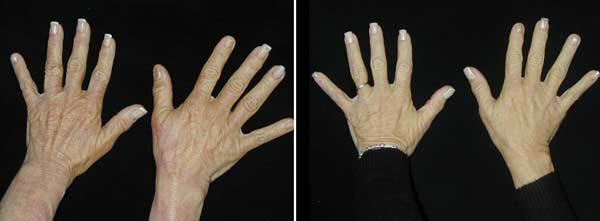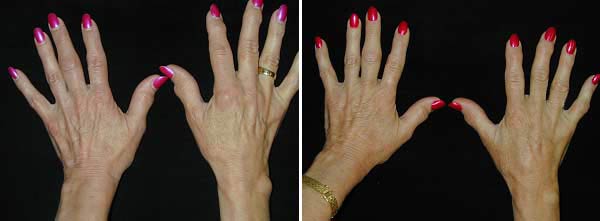What is Hand Rejuvenation?
Your own fat can be used as a soft tissue filler material to enhance volume or fill in depressions. Fat injection also referred to as autologous fat grafting, which transfers fat from one part of the body to another. It can be used to rejuvenate hands or to fill depressed regions or depressed scarred areas on any part of the body. It can also be used in the face, to augment lips, diminish frown lines, nasolabial folds (smile lines); and to restore volume to the cheeks as well as provide definition to the jaw line and or the chin. Fat injection permanency is variable depending on the region, and often requires multiple sessions for optimal results.
Consulting with Dr. Mezrow:
During the consultation, Dr. Mezrow will ask you about your particular concerns regarding the region you wish to improve upon or rejuvenate. This will help determine your expectations and determine whether they can be realistically achieved.
After obtaining a comprehensive medical and surgical history, Dr. Mezrow will perform an examination of the regions of your face or body that you are interested in rejuvenating. In addition, Dr. Mezrow will evaluate donor sites typically the abdomen, hips or thighs where there is excess fat to be harvested for fat grafting.








